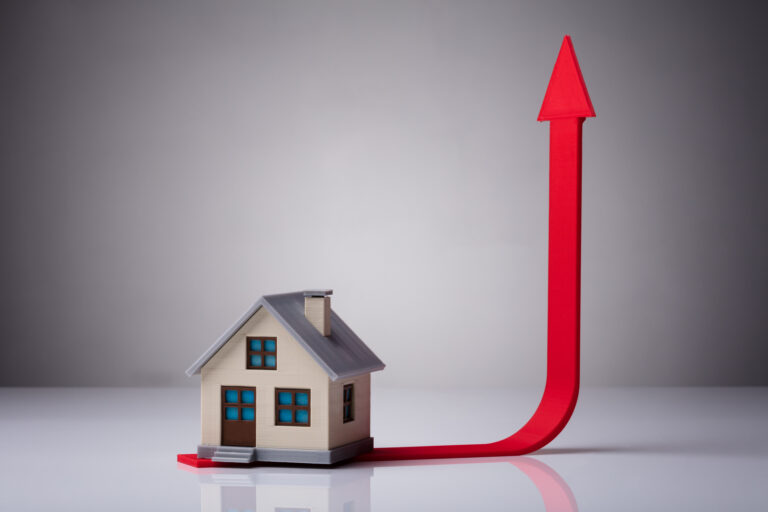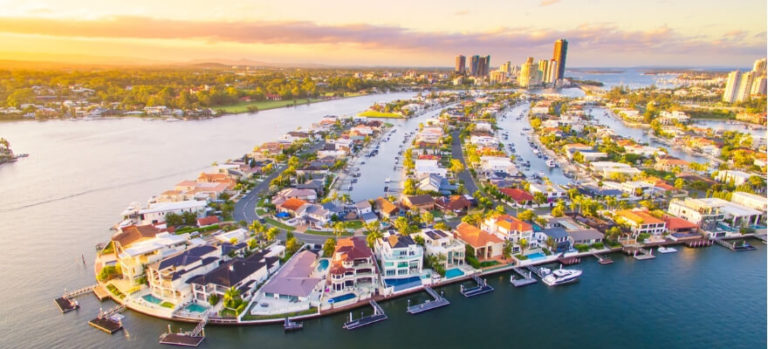A new survey shows more than half of Queenslanders don’t believe the infrastructure for the 2032 Olympic and Paralympic Games will be delivered on time and on budget. Only 6% of respondents are “very confident” the government will stick to the Games budget, according to the YouGov survey of 1000 Queenslanders. The Prime Minister signed a $7billion Games funding deal with the Queensland Premier in February but the State Government still has to fund a $2.7billion knockdown and rebuild of the Gabba stadium. When it made its 2032 Games bid, the State Government had costed that project at $1 billion, but that has now increased substantially. Only 6% of respondents are “very confident” the government will stick to the Games budget. Almost two thirds of respondents are not excited about the event. The results of the survey are significantly lower than when a similar survey was done in February and close to half of the respondents were excited about the Games.
Regions Outperforming Capitals
Regional suburbs are outperforming capital city suburbs when it comes to property price growth. The latest analysis from CoreLogic shows that stronger demand and limited supply is leading to price growth. It found the increase in prices is happening in about 35% of the Australian suburbs it analysed in the March quarter and of the top performing 25 suburbs, 20 are within regional areas. The best performer was Robe in regional South Australia, which experienced an 8.3% increase in its median value in the March quarter. It was followed by Dinner Plain in regional Victoria which was up by 8%, Trangie and Werris Creek in regional NSW, up 7.4% and 7.1% respectively. CoreLogic head of research Eliza Owen says it was common for regional Australia to dominate price growth charts throughout the pandemic. “But as the cycle has matured, it seems to be more rural regional markets with particularly low-price points that have seen the strongest rates of growth,” she says.
Quote of the Week
“As the cycle has matured, it seems to be more rural regional markets with particularly low-price points that have seen the strongest rates of growth.”
Eliza Owen – Head of Residential Research CoreLogic
What RBA Shake Up Means
Recommendations to revamp the Reserve Bank of Australia board will be implemented as part of reforms designed to improve decisions around interest rates. Following the first major review of the RBA in 40 years, a report recommends 51 changes which the Federal Government has already agreed to “in principle”, with plans to implement changes by July 2024. The recommendations include the establishment of a new monetary policy board within the RBA to be chaired by the RBA Governor and include the deputy governor, the Treasury secretary and six external members. The external members are to have “deeper economic and financial expertise, and more information, time and staff support to fully engage in the policy process”. Another separate board will be established to manage the bank’s operations itself, including currency issuance. The number of meetings to decide interest rates will be reduced from 11 to eight per year and the power of the government to override interest rate decisions will also be removed.
Population Growth To Drive Market
With more than 300,000 people expected to migrate to Australia this year, demand is set to continue driving up property prices, according to analyst Michael Matusik. He says essentially real estate is about supply and demand and population growth is a key driver of demand. Matusik says Australia’s population growth is breaking recent growth records and that the annual population growth over the next ten years is likely to be higher than the previous decade. There is also likely to be a rapid increase in the number of children and the size of the upgrader market in the next ten years, according to Matusik. “If this comes true, a lot more urban infrastructure will be required and the type of housing most needed will change from recent supply trends,” he says. “Most of the population growth over the next decade is likely to continue to take place in our capital cities, with most of this growth settling in Sydney, Melbourne, Brisbane and Perth.”










